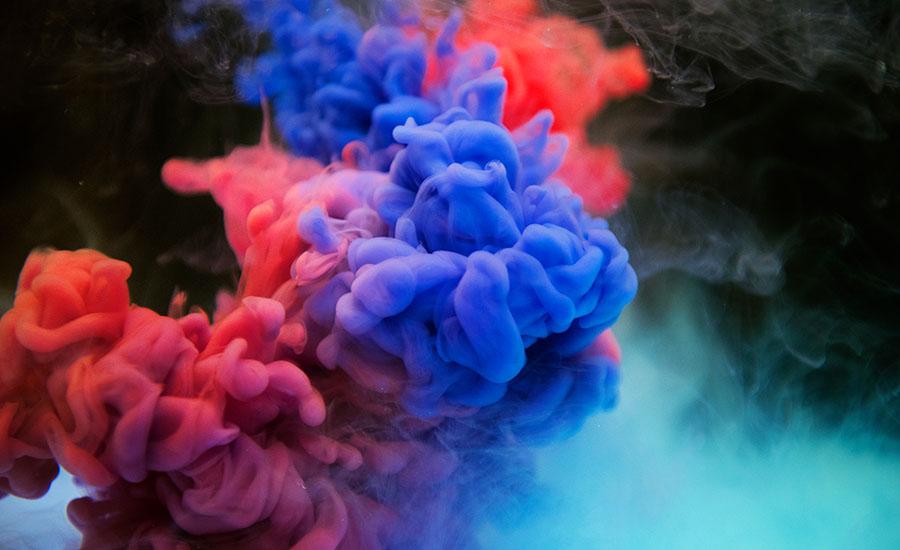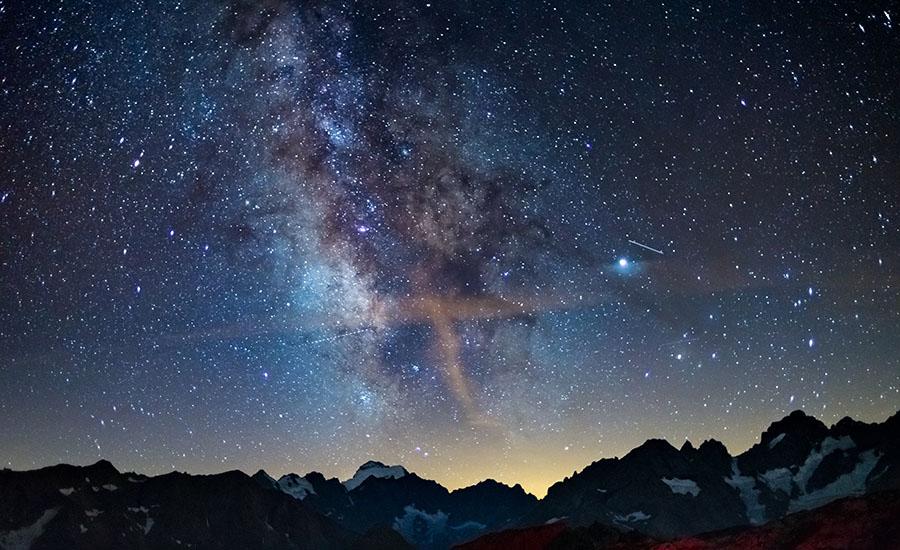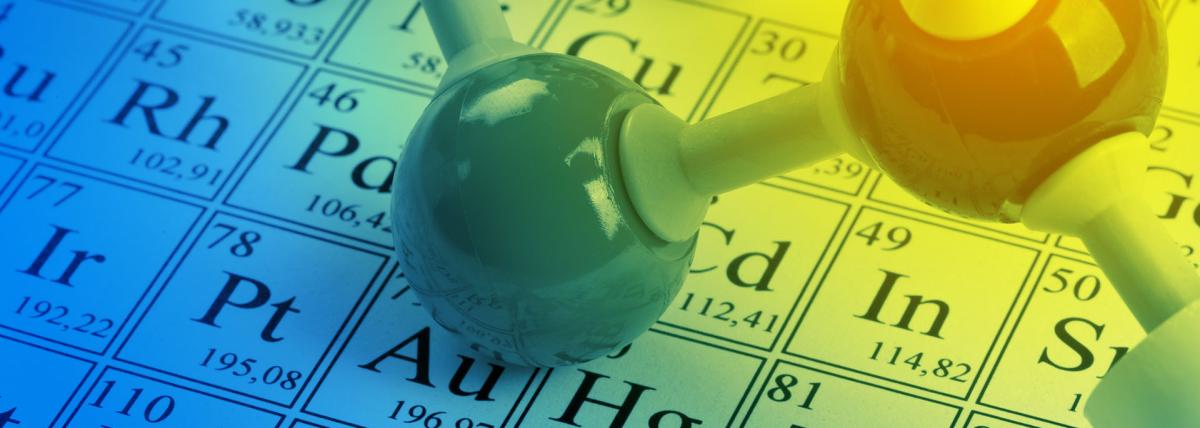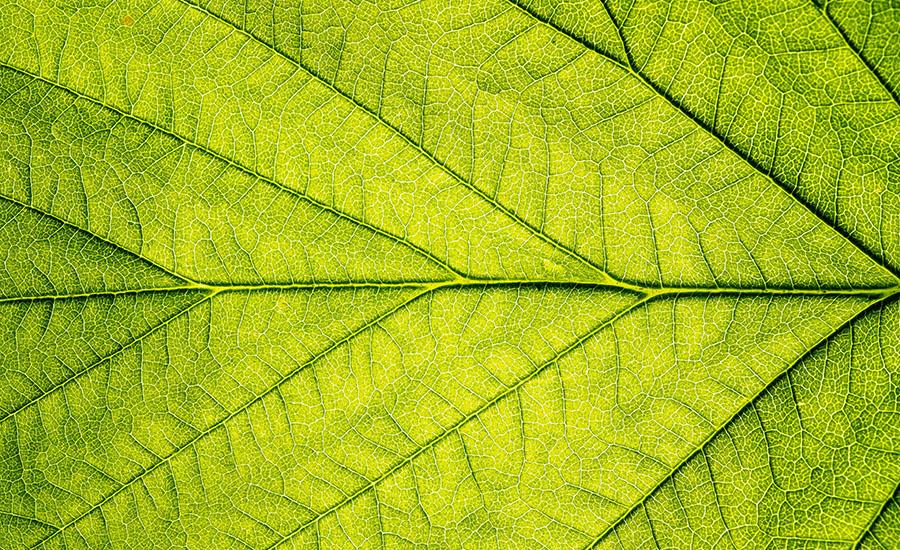
Sun Prints
by Kimberly Roach
Students will combine science and art by using an alternative photographic process called cyanotypes or sun prints. After a short introduction to the history of cyanotypes and the process of creating one, students will go on a nature walk to collect objects from nature. Once back in the classroom, students will layout their composition using the objects from nature, place their sun print composition in the sun for a few minutes, rinse the exposed sun print in water, and place on a drying rack. After 24 hours, when the cyanotype is dry, as if by magic, the area were the nature objects were appear white and the area where there were no nature objects is a cyano blue.
Lesson Plan Link/URL
https://docs.google.com/presentation/d/1aP4Tp2vFGnimucAJBF_DHkVLecpurf2d/edit?u…Subject Area
Science Physical Science P1: Matter P4: Energy Transfer Earth and Space Science E1: Earth Systems Technology 5. Computational Thinker Mathematics Statistics and Probability (SP) English Language Arts (ELA) Writing Speaking & Listening
Featured
Off
Related Content

Grades:
6th Grade, 7th Grade, 8th Grade, 9th Grade, 10th Grade, 11th Grade, 12th Grade
You've crash-landed on an alien planet and must find a way to survive with the help of native flora and fauna. Students will document alien life-forms in a field journal and use that information to

Grades:
9th Grade, 10th Grade, 11th Grade, 12th Grade
This lesson discusses and gives you a more in-depth understanding of the relationship of particles that are held together by a certain amount of energy. The energy is required to break bonds and the

Grades:
9th Grade, 10th Grade, 11th Grade, 12th Grade
This is the second lesson in a series of 2. In this lesson, students will learn about what watersheds are and then take a tour of the school campus looking at it through the lens of being a watershed